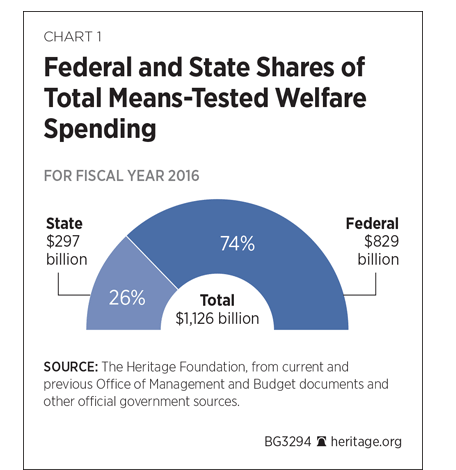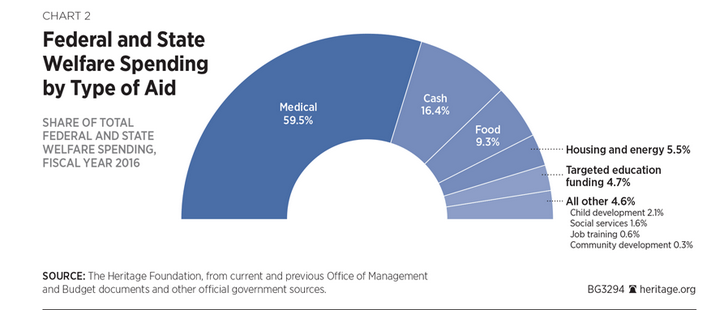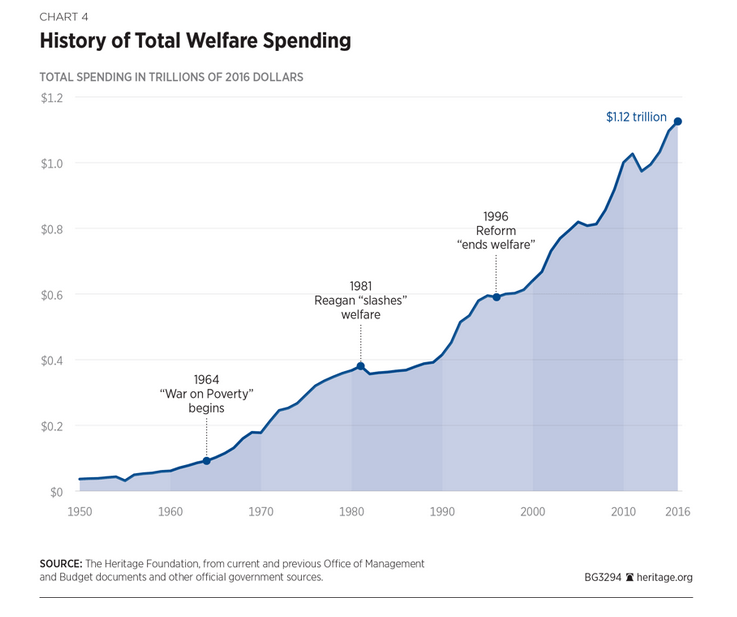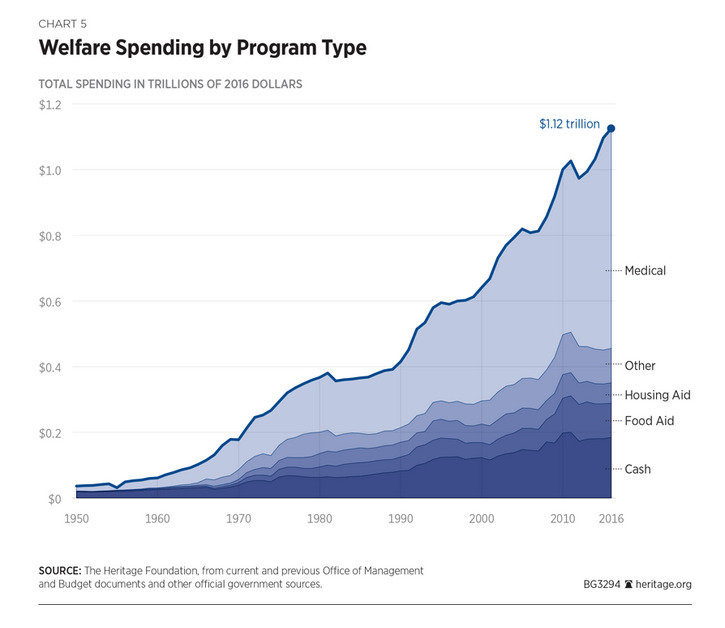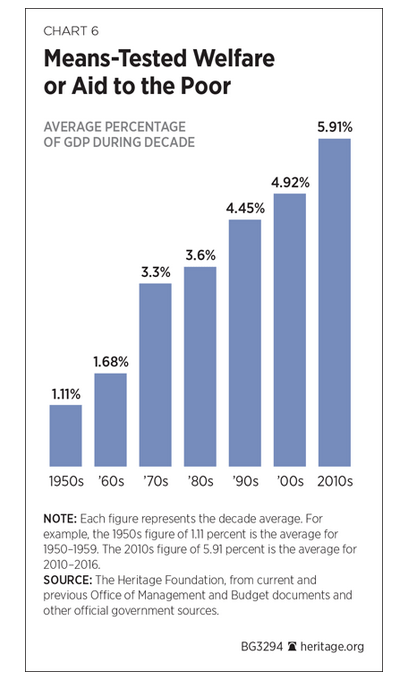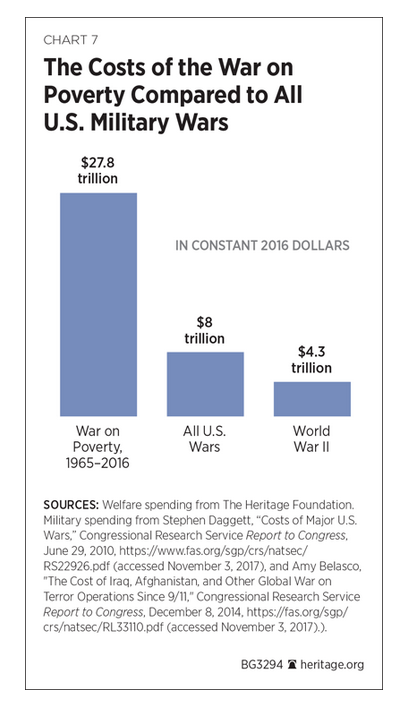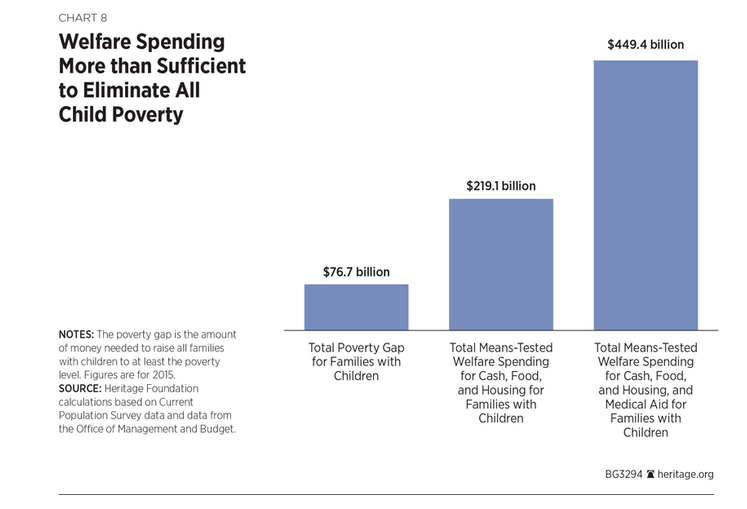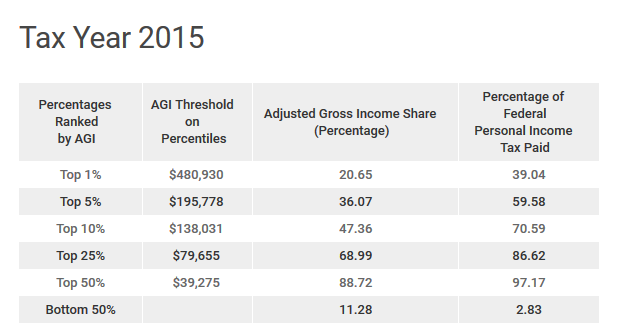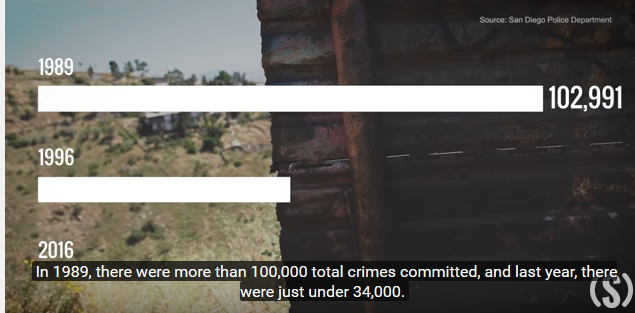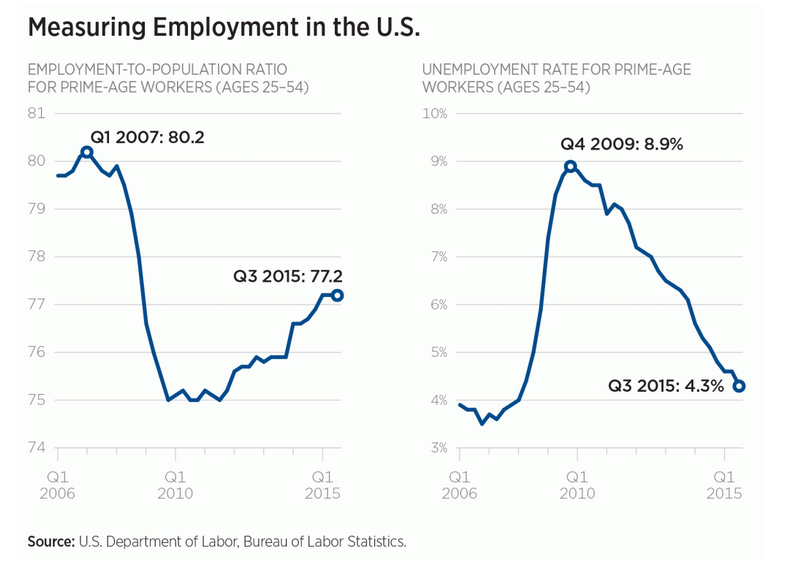Heritage.org posted an article today about Amazon’s decision not to locate in New York City.
The article reports:
Based on Amazon’s public statement, it seems the company couldn’t rely on the deals it had cut or the political support it had received to last beyond the next election. And businesses can’t base long-term decisions like this on shifting political sand.
That’s part of the problem with crony capitalism. It may procure short-term wins for a select few politicians and for businesses that can afford to pay to play, but it’s not a strategy for long-term success.
Employers want to set up shop in places where they can grow and succeed. The best environment for that is a level playing field with minimal government interference and low, broad-based taxes—not picking winners and losers through special-interest subsidies.
A favorable business environment is one where local leaders work to help all businesses equally, not a select few. Employers want leaders who can listen to their needs without telling them how to run their business, and they want communities and leaders that welcome the jobs and economic growth that employers bring, instead of protesting their presence.
It turns out this is not what New York City had to offer. Amazon said that certain politicians “made it clear that they oppose our presence and will not work with us to build the type of relationships that are required to go forward.”
New York City is not a friendly business climate, and losing those special “relationships” would have left it exposed to the same burdens and barriers that other businesses face in New York.
For most businesses, deciding where to locate really all comes down to the bottom line.
The article notes that businesses and people are leaving New York:
According to the ALEC-Laffer State Economic Competitiveness Index, “Rich States, Poor States,” New York ranks dead last in the overall economic outlook ranking, while Virginia ranks among the top 10.
And Amazon isn’t the only company wary of locating in New York. Plenty of individuals, families, and businesses are fleeing the state, and they’re taking their income and tax revenues with them.
In fact, between 1997 and 2016, every dollar of income that left New York was replaced by only 71 cents coming in. That deficit will only continue under New York’s current policies.
The article concludes:
States and cities should also take a lesson from this New York episode: Crony capitalism isn’t the way to win over more business. The key is to provide a level playing field that offers opportunity for all businesses to grow and thrive.

